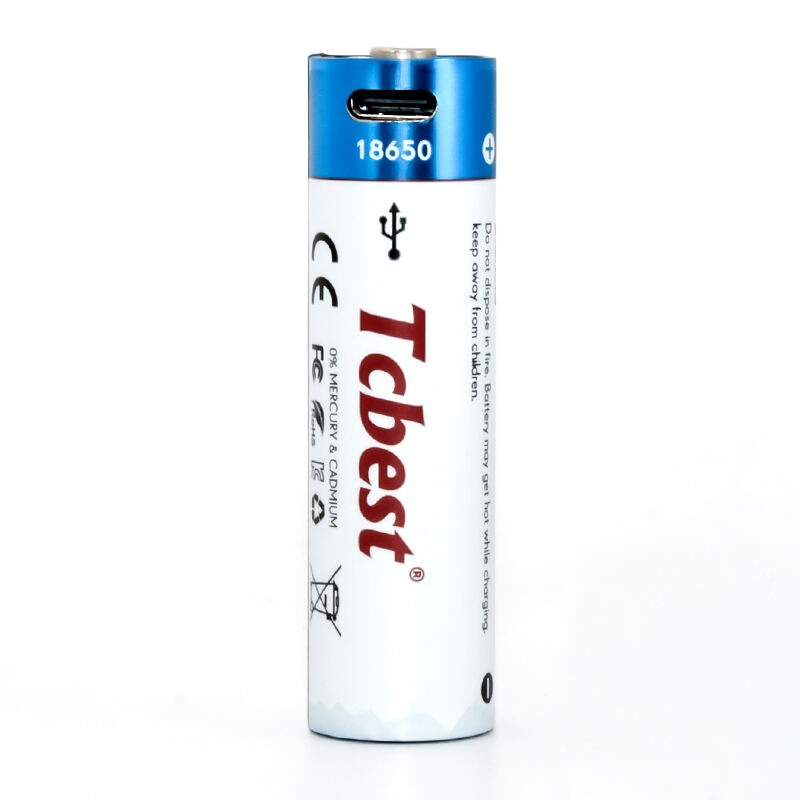Understanding the Compact Power Source That Drives Modern Electronics
Button cells have revolutionized the way we power small electronic devices, offering an ingenious solution that combines reliability with unprecedented convenience. These miniature power sources, despite their diminutive size, pack remarkable energy density and have become indispensable in countless applications, from watches and calculators to medical devices and key fobs. Their innovative design and consistent power delivery have made them the go-to choice for manufacturers and consumers alike.
The Engineering Marvel Behind Button Cells
Anatomy of a Button Cell Battery
At the heart of every button cell lies a sophisticated engineering design that maximizes power output while maintaining a compact form factor. The battery consists of several key components: an anode, cathode, electrolyte, and a seal, all precisely arranged within a metal casing. This intricate construction ensures optimal chemical reactions while preventing leakage and maintaining structural integrity throughout the battery's lifespan.
The metal casing serves dual purposes - protecting the internal components and acting as the positive terminal. The unique press-fit design creates an airtight seal that prevents electrolyte leakage and ensures consistent performance even under varying environmental conditions. This robust construction contributes significantly to the long shelf life that button cells are known for.
Chemical Composition and Power Generation
Button cells utilize various chemical systems, each optimized for specific applications. The most common types include silver oxide, lithium, alkaline, and zinc-air compositions. Each chemistry offers distinct advantages in terms of voltage stability, energy density, and operating conditions. For instance, silver oxide button cells provide exceptionally stable voltage output, making them ideal for precision devices like watches.
The chemical reactions within button cells are carefully controlled to deliver consistent power output throughout their operational life. This stability is crucial for devices that require reliable, steady power supply. The compact design also facilitates efficient electron flow, maximizing the energy density per unit volume.
Applications and Versatility
Consumer Electronics Integration
The widespread adoption of button cells in consumer electronics showcases their versatility. From powering fitness trackers to remote controls, these compact power sources have enabled the miniaturization of countless devices. Their standardized sizes and reliable performance have made them a preferred choice for manufacturers developing portable electronic products.
The integration of button cells has particularly revolutionized wearable technology. Their slim profile and long-lasting power delivery have enabled the development of increasingly sophisticated smartwatches and health monitoring devices. The ability to maintain stable voltage output while occupying minimal space has been crucial in this evolution.
Professional and Medical Applications
In professional and medical settings, button cells power critical devices that demand unwavering reliability. Blood glucose meters, hearing aids, and various diagnostic equipment rely on these compact power sources. The consistent power delivery and long shelf life of button cells make them particularly suitable for medical devices where reliability is paramount.
The automotive industry has also embraced button cells for key fobs and tire pressure monitoring systems. Their ability to perform reliably in varying temperatures and conditions has made them invaluable in modern vehicles. The compact size allows for sleek key fob designs while ensuring years of reliable operation.
Environmental Considerations and Future Developments
Sustainability Initiatives
As environmental awareness grows, the button cell industry is actively developing more sustainable solutions. Manufacturers are investing in recycling programs and exploring eco-friendly materials for battery components. The transition away from mercury-containing cells represents a significant step toward reducing environmental impact while maintaining performance standards.
Recent innovations focus on extending battery life and improving power density while minimizing environmental footprint. This includes developing new electrode materials and electrolyte compositions that offer enhanced performance with reduced environmental impact. The industry's commitment to sustainability is driving continuous improvements in button cell technology.
Technological Advancements
The future of button cells looks promising with emerging technologies on the horizon. Research into new materials and manufacturing processes aims to increase energy density while further reducing size. Smart button cells with built-in charge indicators and enhanced safety features are being developed to meet evolving consumer needs.
Integration with wireless charging technologies and improved power management systems represents another frontier in button cell evolution. These developments could revolutionize how we power small electronic devices, potentially extending battery life and enhancing user convenience.
Frequently Asked Questions
How long do button cells typically last?
The lifespan of button cells varies depending on the chemistry type and usage patterns. In devices with low power requirements like watches, they can last 2-5 years. In more demanding applications, they may need replacement every 6-12 months. Proper storage and handling can help maximize their operational life.
Are button cells recyclable?
Yes, button cells are recyclable and should be disposed of through proper channels. Many electronics retailers and battery manufacturers operate recycling programs. It's important to never dispose of button cells in regular trash as they contain materials that should be properly processed.
What's the best way to store unused button cells?
Store unused button cells in their original packaging at room temperature in a dry environment. Avoid exposure to extreme temperatures and humidity. Keep them away from metal objects to prevent short circuits, and check periodically for any signs of damage or leakage.

